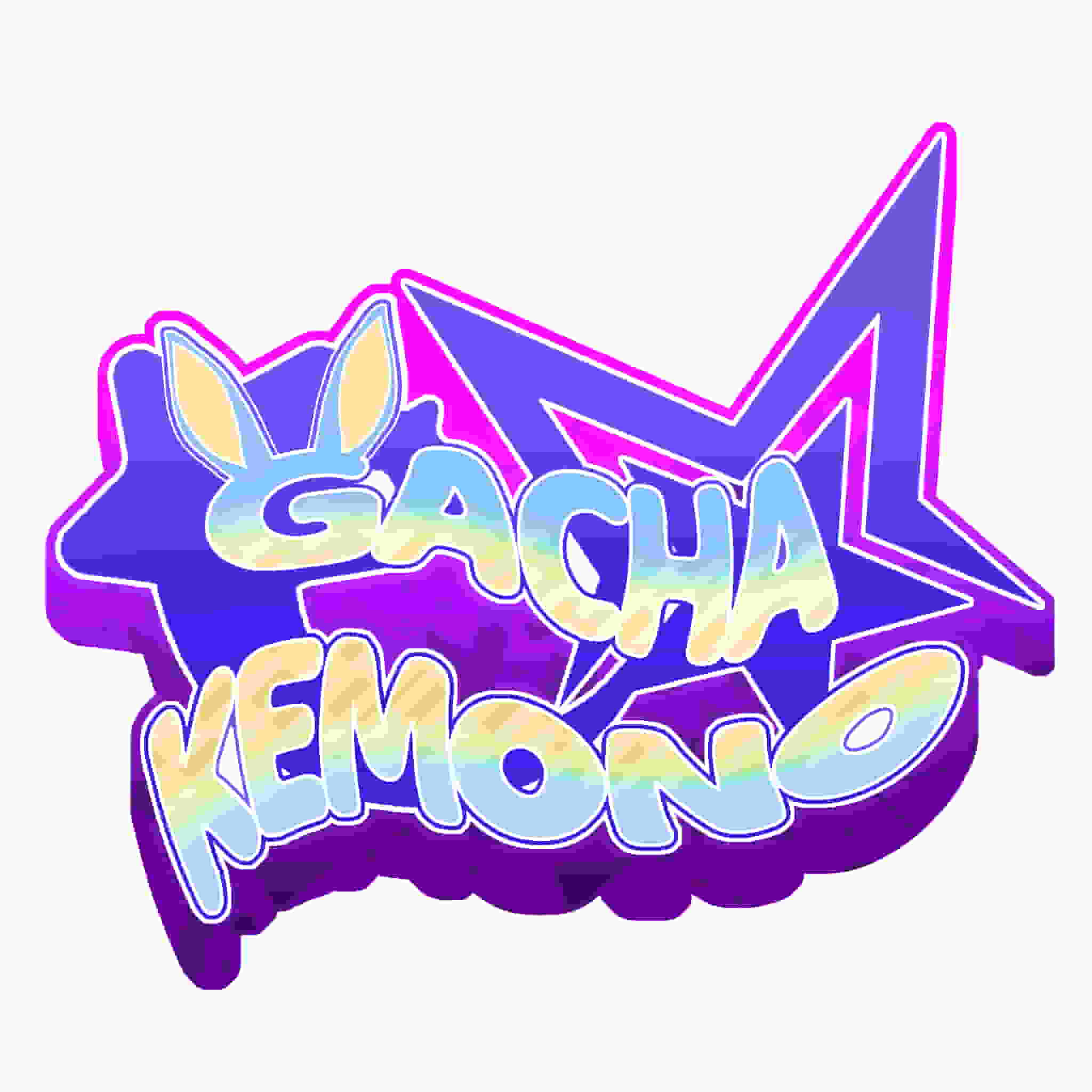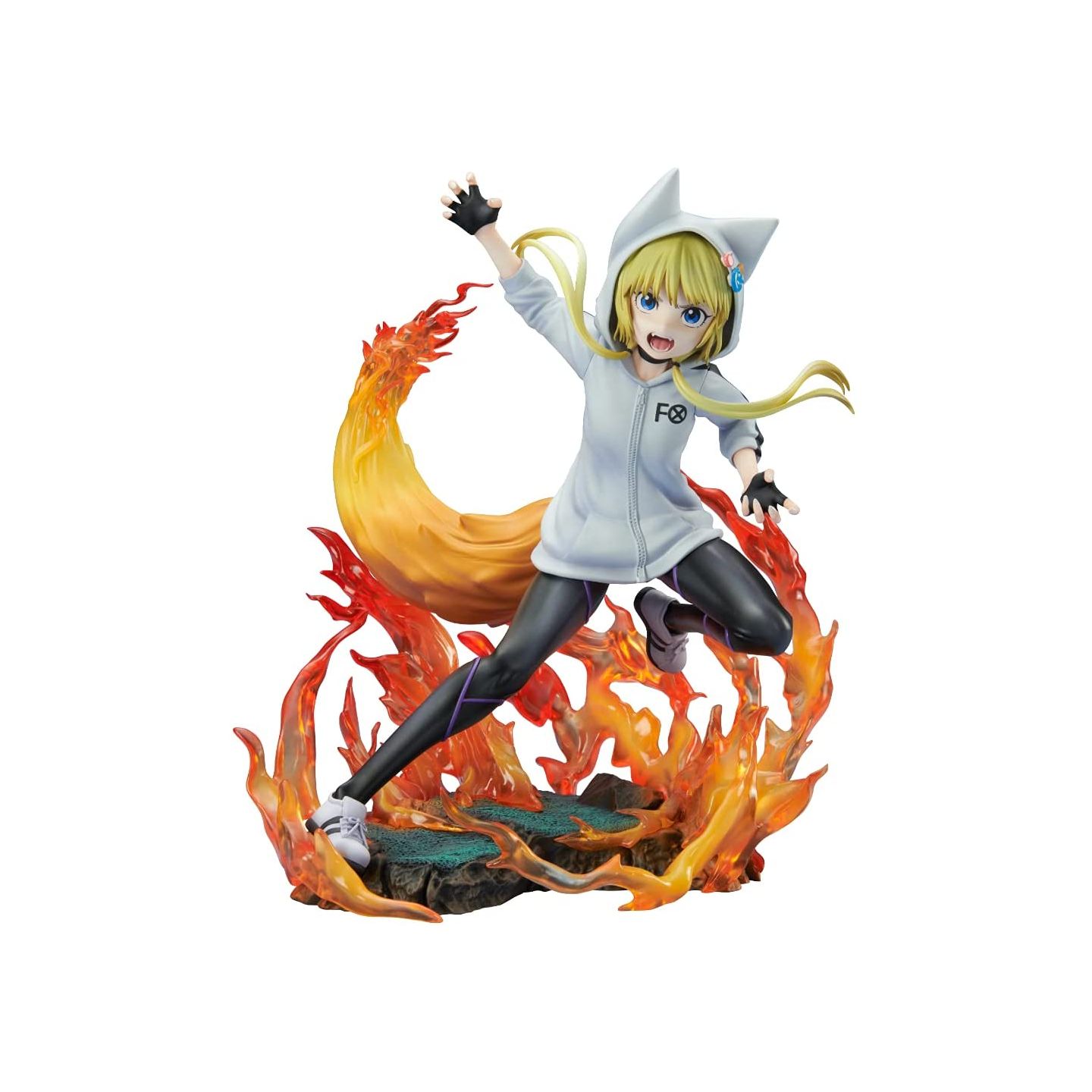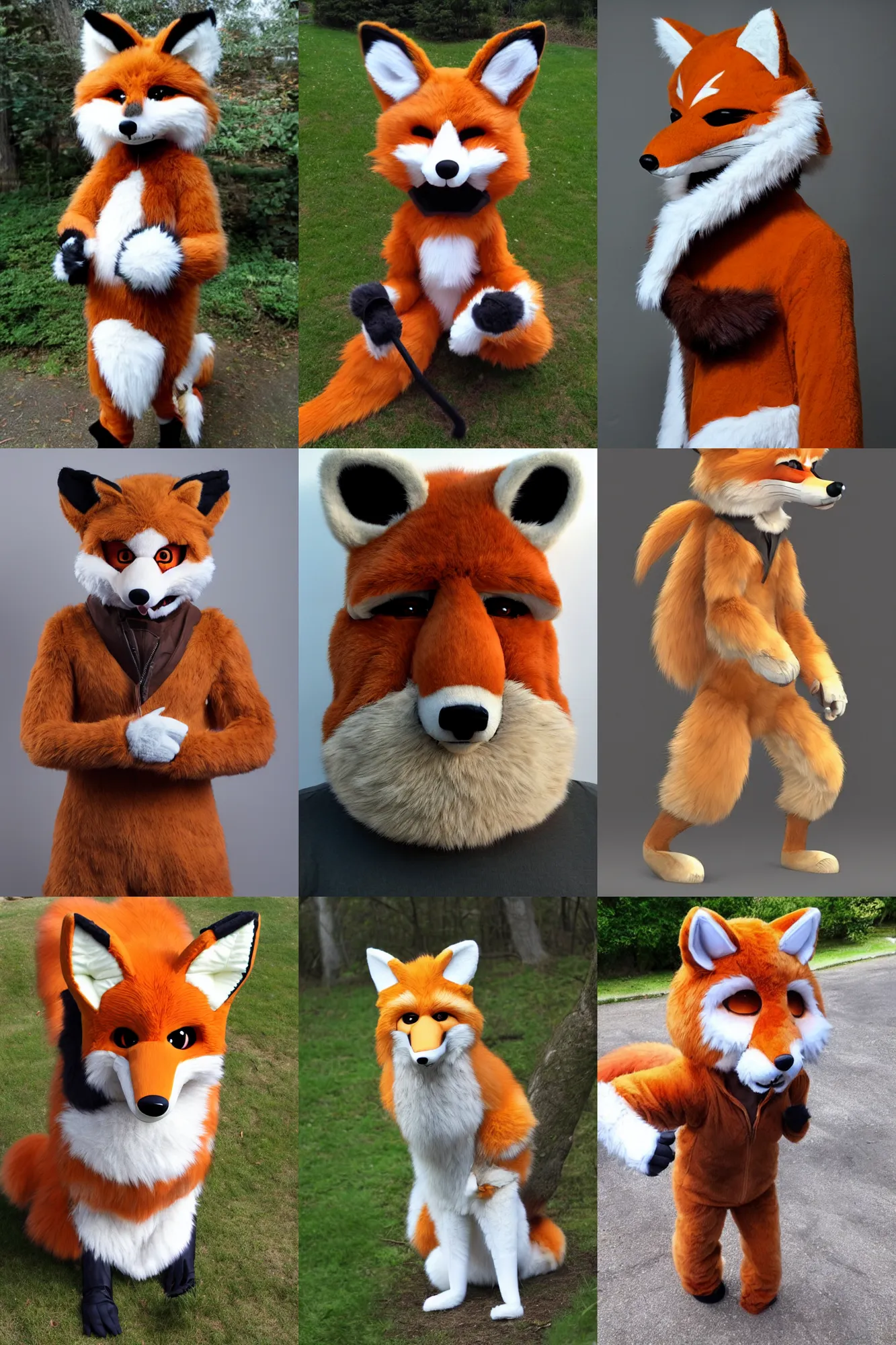Unleashing the Furry Fury: Exploring the Vibrant World of Kemono Partt
As the internet continues to buzz with creative content, one genre has emerged as a peculiar yet captivating form of artistic expression: anthropomorphic art. This style, characterized by the attribution of human-like qualities to non-human entities, such as animals, has captured the imagination of many enthusiasts worldwide. Within this realm, Kemono Partt stands out as a pioneering work that has garnered significant attention and acclaim. In this article, we'll embark on a deep dive into the world of Kemono Partt, examining its unique aspects, creative vision, and artistic appeal.
The term "Kemono Partt" originates from the Japanese language, with "kemono" meaning "beast" or "animal." This nomenclature serves as a clever nod to the genre's focus on anthropomorphic creatures. Partt, on the other hand, is likely derived from the English word "part," implying a fragmented or divided entity. Together, the title suggests a complex, multi-faceted narrative that blurs the lines between human and animal, sparking curiosity and encouraging exploration.
Anthropomorphic art has been a staple of various mediums, including literature, film, and visual arts. However, the digital realm has given rise to new, innovative interpretations of this style. Kemono Partt, created by an anonymous artist, falls within this digital category. Utilizing various software and digital tools, the artist has crafted a visually stunning and narrative-driven experience that showcases the versatility of anthropomorphic storytelling.
The Origins and Influences of Kemono Partt
Kemono Partt's genesis and influences are shrouded in mystery, as the artist prefers to maintain anonymity. Nonetheless, it is evident that the work draws inspiration from various sources, including anime, manga, and traditional Japanese art. The use of vibrant colors, exaggerated features, and fantastical creatures are all nods to these influences, reimagined through a modern lens.
Japanese Cultural Significance
Japanese culture has long been fascinated with the concept of anthropomorphism, as seen in the influence of yokai and oni mythology. These supernatural creatures, often depicted as animal-like beings with human-like characteristics, continue to captivate audiences to this day. Kemono Partt taps into this cultural significance, incorporating elements of Japanese folklore and aesthetics into its narrative.
Key Elements of Japanese Folklore
• Yokai: mischievous spirits with animal-like features
• Oni: demonic creatures with horns and sharp teeth
• Kitsune: fox spirits with multiple tails
These mythological creatures have been reimagined in Kemono Partt, lending depth and richness to the narrative.
The Artistic Vision and Narrative Structure
At its core, Kemono Partt is an immersive experience that defies traditional storytelling conventions. The work consists of fragmented images, each with its own unique style and tone, which blend together to form a cohesive narrative. This non-linear approach creates a sense of disorientation, mirroring the disjointed nature of human emotions.
Emotional Resonance and Themes
Through its exploration of the human condition, Kemono Partt delves into themes such as identity, isolation, and the search for meaning. The narrative is intentionally cryptic, allowing viewers to project their own emotions and experiences onto the characters. This narrative ambiguity lends an air of mystery to the work, fostering a sense of engagement and introspection.
Exploring the Human Psyche
• Identity: the struggle to find one's place in the world
• Isolation: the experience of being disconnected from others
• Meaning: the quest for purpose and significance
These themes are woven throughout Kemono Partt, inviting the viewer to ponder the complexities of human emotions.
Visual Style and Technical Achievements
Kemono Partt's visual style is a marvel of digital artistry, showcasing the artist's mastery of software and technical tools. The use of vibrant colors, bold lines, and textures creates a captivating visual experience, drawing the viewer into the world of anthropomorphic creatures.
Digital Art and Animation
Kemono Partt is a prime example of the digital art form's potential for creative expression. The artist's use of software such as Adobe Photoshop and Illustrator allows for intricate details and textures, bringing the characters to life.
Technical Achievements
• High-resolution textures and details
• Realistic lighting and shading
• Animations and special effects
These technical achievements demonstrate the artist's expertise and innovative approach to digital art.
Conclusion
Kemono Partt is a groundbreaking work of anthropomorphic art that challenges traditional notions of storytelling and visual expression. By delving into the world of this enigmatic creation, we gain insight into the artist's vision, creative process, and technical expertise. As a pioneer in the field, Kemono Partt inspires further exploration and experimentation, pushing the boundaries of what is possible in the realm of digital art.
Kemono Partt is more than just a work of art; it's an immersive experience that invites viewers to engage with the complexities of human emotions and the natural world. As we continue to navigate the ever-evolving landscape of digital art, Kemono Partt serves as a testament to the power of creativity and innovation.
Who Is Lori Onhark Tank
Jelly Beanrome
Zoechip
Article Recommendations
- Aaron Hernandez Wife Net Worth 2024
- Jackoherty
- Sophie Rainpider Man
- Did The Pioneer Woman Have Atroke
- Brooke Monkd
- Marietemara Fans
- Massad Boulos
- Michael Boulos
- Blake Fielder Civil
- Hilary Crowder



